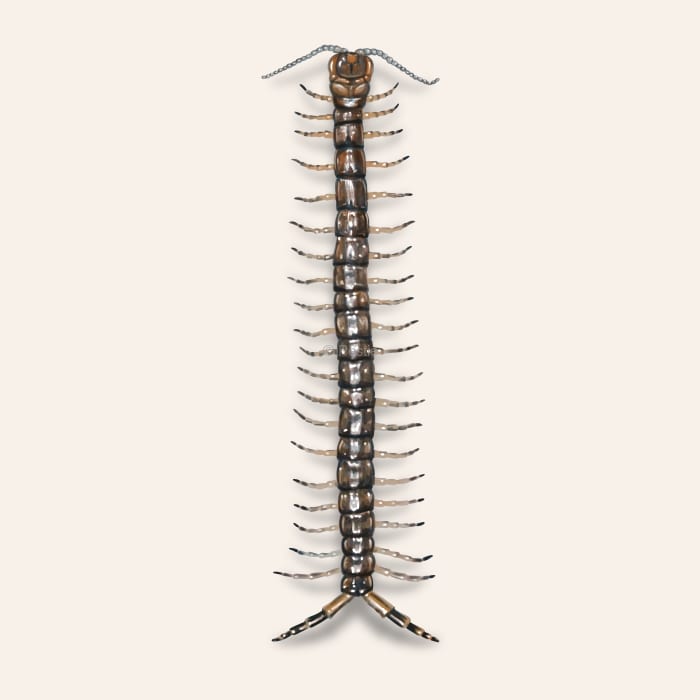How to identify and get rid of bark centipedes

Their bite is worse than their bark: what to do with bark centipedes
Nobody likes unexpected visitors, especially when they have 21 pairs of legs. Bark centipedes are a common centipede that hang out in wooded areas, chasing down other invertebrates.
While they might look a little creepy, they’re actually pretty helpful in controlling other pests around your property. There are several species in North America that range in size and color.
Bark centipedes have a straightforward life cycle and can live for several years. They spend most of their time hidden away in dark, damp places like under tree bark or in piles of leaves. Though they’re generally harmless, you might want to keep them out of your house. Some bark centipedes are venomous and can deal a nancy bite if they are threatened or handled roughly.
How to identify bark centipedes
Bark centipedes are fairly easy to spot if you know what to look for. They have a long, flattened body with many pairs of legs, making them pretty quick as they hunt for prey or run from predators. Their brownish-red color helps them blend into natural environments, like tree bark or leaf litter. You’ll also notice their long antennae, which they use to sense their surroundings. Some species of bark centipedes will have four simple eyes, but many of them are blind.
If you find them in or around your home, especially near woodpiles or under the bark of trees, you might want to take some action to keep them away. These centipedes are typically nocturnal, so you’re more likely to see them at night. They sometimes can be confused with their close relative the cryptopid centipedes.
How big are bark centipedes?
Some species, like the giant redheaded centipede, can be 8 inches long, while other species range from 1 to 3 inches in length.
Where do they bark centipedes live?
They’re found throughout the United States, particularly in wooded areas, forests, and places with lots of organic debris. You’ll find them in woodpiles, under tree bark, in leaf litter, and sometimes in basements or other damp, dark areas of the home.
How to get rid of bark centipedes
Most centipedes want to stay outside where it’s dark and damp, but if you have the right conditions, like a humid basement with other insect pests, centipedes might just wander in and see what you have to offer.
Here are a few tips to manage centipedes on your own:
- **Reduce moisture: **Keep your home and yard dry by fixing leaks, improving drainage, and using dehumidifiers in damp areas.
- Remove debris: Clear away leaf litter, mulch, and other organic materials from around your home that might attract centipedes.
- **Seal entry points: **Close up cracks and gaps around doors, windows, and foundations to prevent centipedes from getting inside.
- Store firewood properly: Keep firewood and woodpiles away from your home and off the ground to reduce hiding places.
Treat bark centipedes with Pestie
If you're still having trouble keeping bark centipedes away, the best option is to use a pro-grade, effective pest control solution like Pestie.
Pestie is a do-it-yourself pest control solution that's specially designed to keep bark centipedes and other pests away from your home.
With Pestie, you can rest easy knowing that your living space is protected and free of creepy crawlies. And the best part? It's designed for people, pets, and the planet, so you can say goodbye to harsh chemicals and hello to peace of mind!
- Save hundreds compared to traditional annual pest plans
- People, pet, and planet-friendly
- Pro-grade customized formulas
Quick facts
- Scientific name
Scolopocryptops Sexspinosus








